One of the greatest joys of gardening is bringing your beautiful blooms indoors to create stunning arrangements that brighten your home.
Let’s look at the best flowers for cutting, focusing on their appearance, longevity, and ease of cultivation.

1. Roses (Rosa spp.) – Growing Zones 3-11
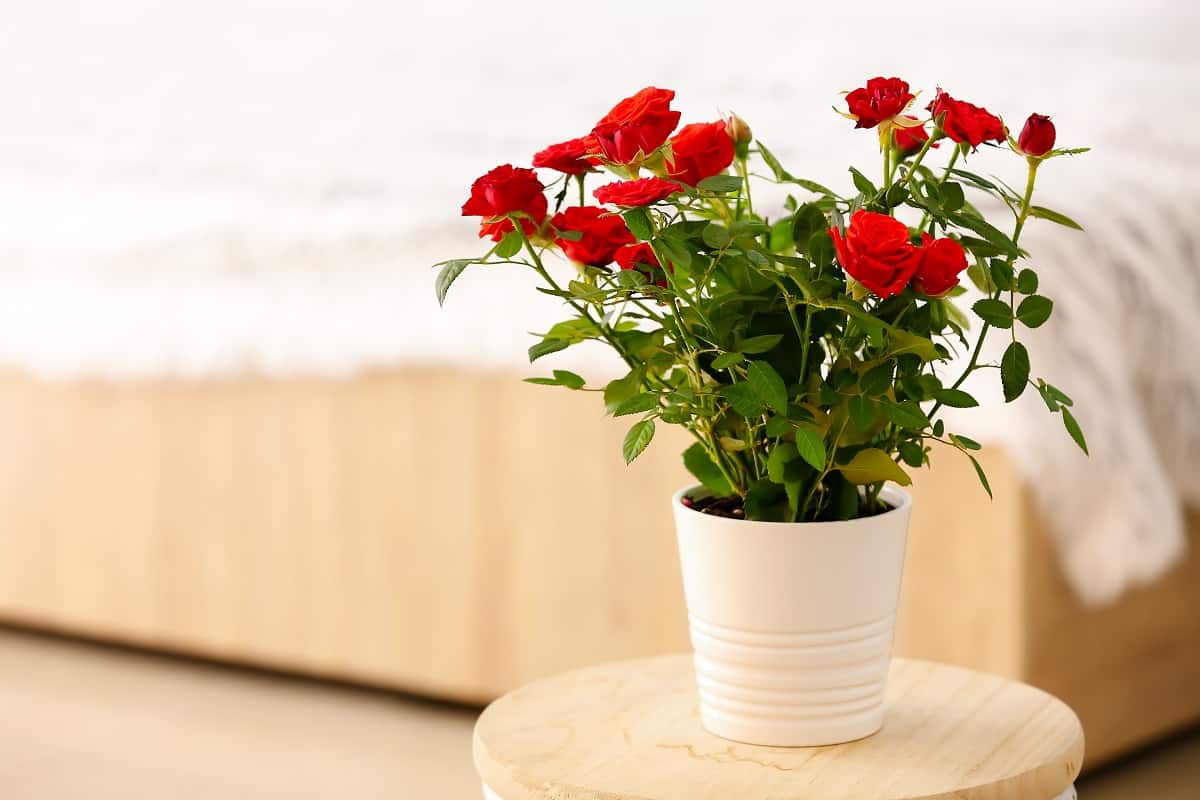
Roses are a timeless classic for cut flowers. With countless varieties, colors, and fragrances, you're sure to find a rose that suits your preferences.
For the best results, choose varieties specifically bred for cutting, such as hybrid tea roses, which have long stems and large, long-lasting blooms.
2. Peonies (Paeonia spp.) – Growing Zones 3-8
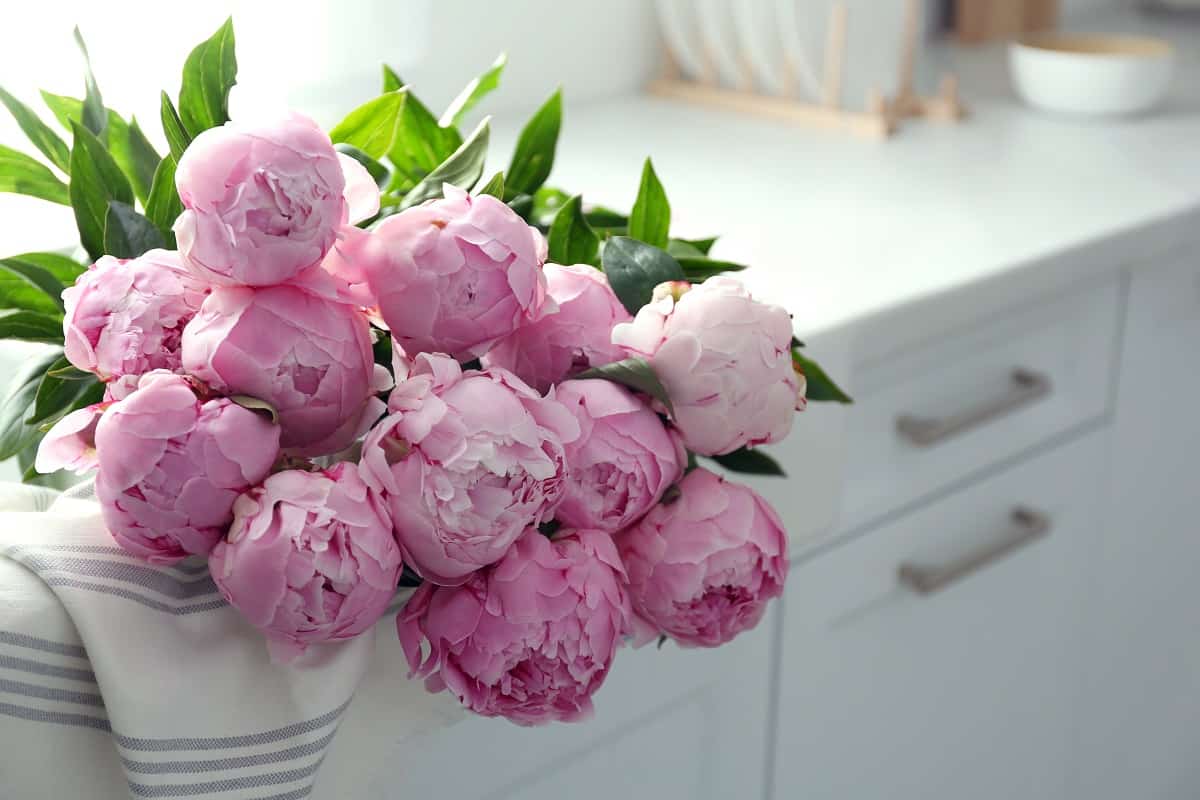
Peonies are beloved for their lush, fragrant blooms and make a stunning addition to any bouquet. The key to enjoying peonies indoors is cutting them when the buds are still tight, as they will continue to open after being cut.
Be aware that ants are often attracted to the nectar on peony buds, so gently rinse them off before bringing the flowers inside.
3. Dahlias (Dahlia spp.) – Growing Zones 7-10
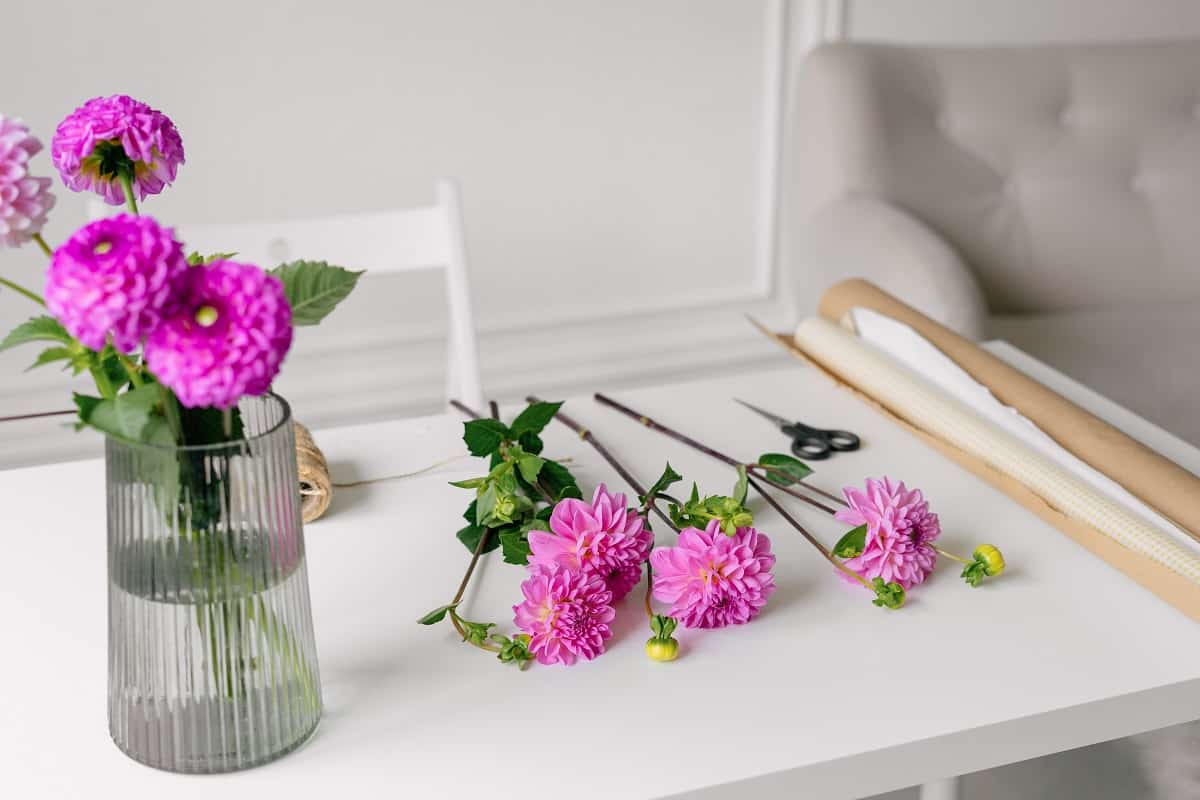
Dahlias come in an array of colors, shapes, and sizes, making them a versatile choice for cut flowers. Their sturdy stems and long-lasting blooms ensure they'll look great in a vase for an extended period.
Cut dahlias in the morning to maximize vase life and immediately place them in water.
4. Zinnias (Zinnia spp.) – Growing Zones 3-10

Zinnias are a favorite among cut flower enthusiasts for their vibrant colors and ability to last up to two weeks in a vase. Their easy-to-grow nature makes them an excellent choice for novice gardeners.
Simply sow zinnia seeds directly into your garden bed after the last frost, and you'll enjoy an abundance of blooms perfect for cutting.
5. Sunflowers (Helianthus spp.) – Growing Zones 1-11
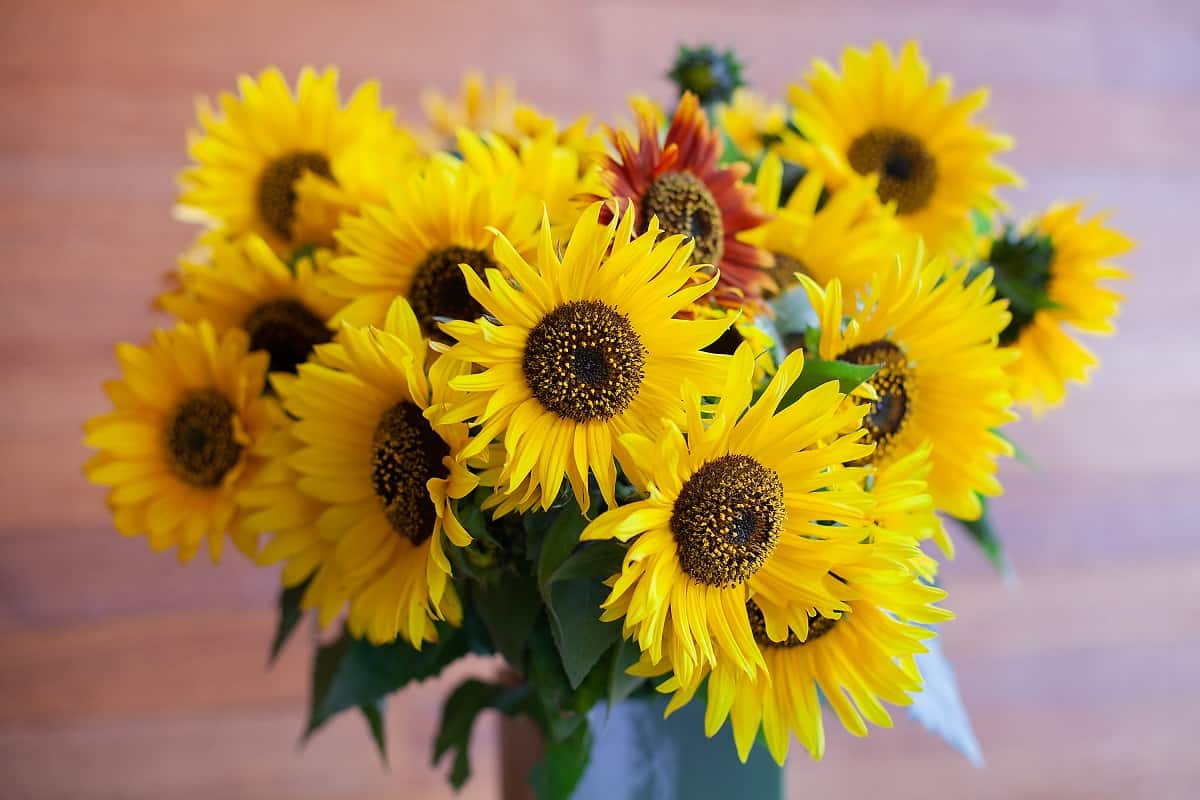
Sunflowers are a cheerful addition to any bouquet, with their large, bright blooms and tall, sturdy stems. Dwarf varieties are also available for those with limited garden space.
To extend the life of cut sunflowers, harvest them in the morning when their petals have just opened, and remove any leaves submerged in water.
6. Lilies (Lilium spp.) – Growing Zones 4-9

Gardeners prize lilies for their elegant, trumpet-shaped blooms and delightful fragrance. Asiatic and Oriental lilies are particularly well-suited for cutting, with their long stems and impressive flowers.
To enjoy lilies indoors, cut the stems when the lower buds show color and remove the pollen-bearing anthers to prevent staining and extend the vase life.
7. Chrysanthemums (Chrysanthemum spp.) – Growing Zones 5-9
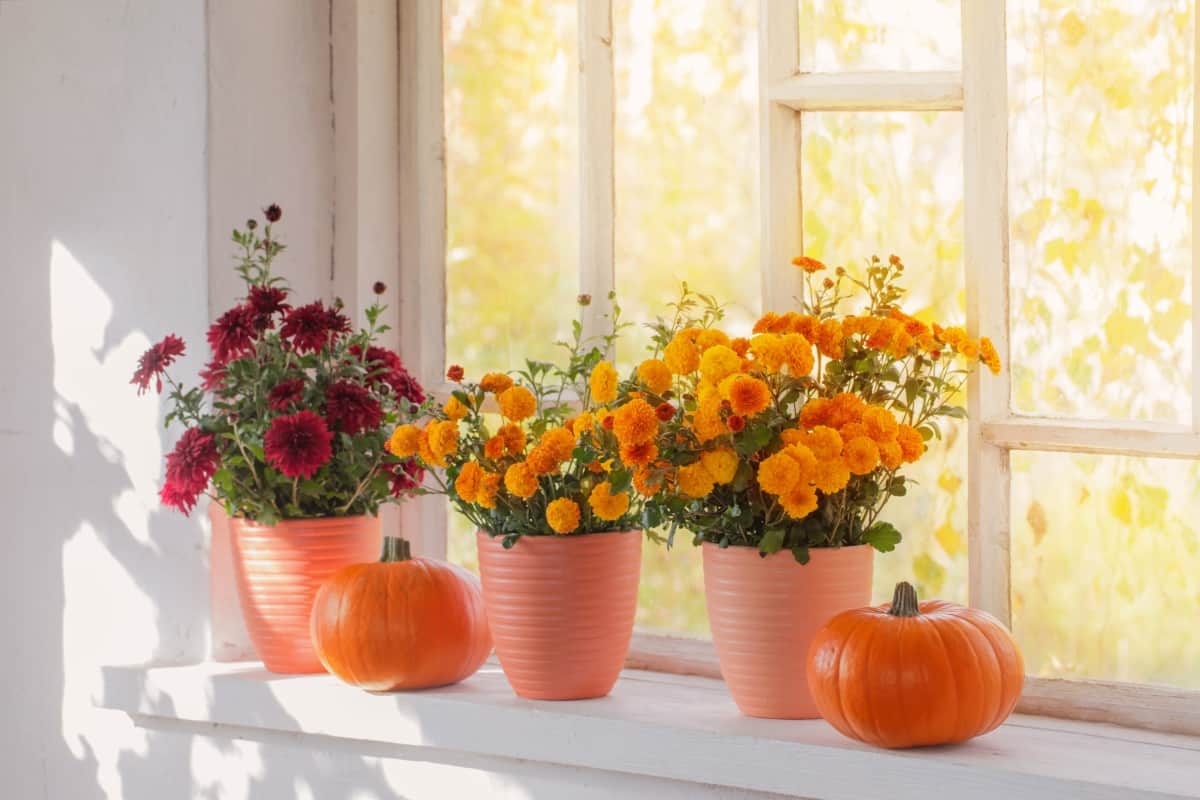
Chrysanthemums, or mums, are a popular choice for cut flowers due to their wide variety of colors, shapes, and sizes.
Their long-lasting blooms and availability throughout the fall make them an excellent choice for seasonal arrangements.
When cutting mums, choose stems with fully opened flowers, and remove any leaves that will be below the waterline.
8. Delphiniums (Delphinium spp.) – Growing Zones 3-7

Delphiniums are known for their stunning, tall spires of colorful blooms, making them an eye-catching addition to any arrangement.
Cut delphinium stems when at least three flowers on the spike have opened, and remove the lower leaves before arranging.
Delphiniums are relatively easy to grow but may require staking to support their tall flower spikes.
9. Snapdragons (Antirrhinum majus) – Growing Zones 7-10
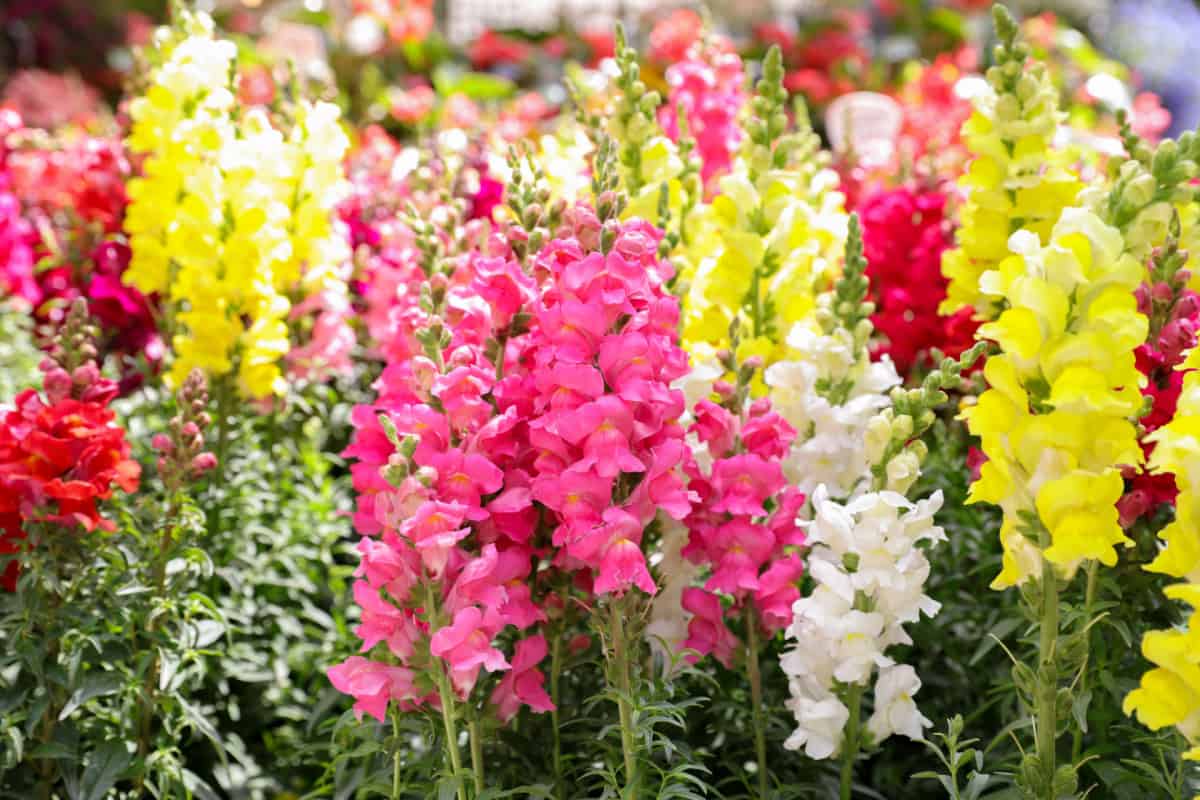
Snapdragons are a charming and versatile cut flower, with their tall spikes of tubular blooms that come in a range of colors. They add height and interest to any arrangement and can last up to two weeks in a vase.
Cut snapdragon stems when the lowest flowers have opened and be sure to remove any foliage that would be submerged in water.
10. Lisianthus (Eustoma grandiflorum) – Growing Zones 8-10

Lisianthus, also known as Texas bluebells or prairie gentians, are prized for their delicate, rose-like blooms and long vase life.
They can be somewhat challenging to grow, requiring well-drained soil and full sun, but the reward of their exquisite flowers makes the effort worthwhile.
Cut lisianthus stems when the first flower on the stem has opened.
11. Alstroemeria (Alstroemeria spp.) – Growing Zones 7-10
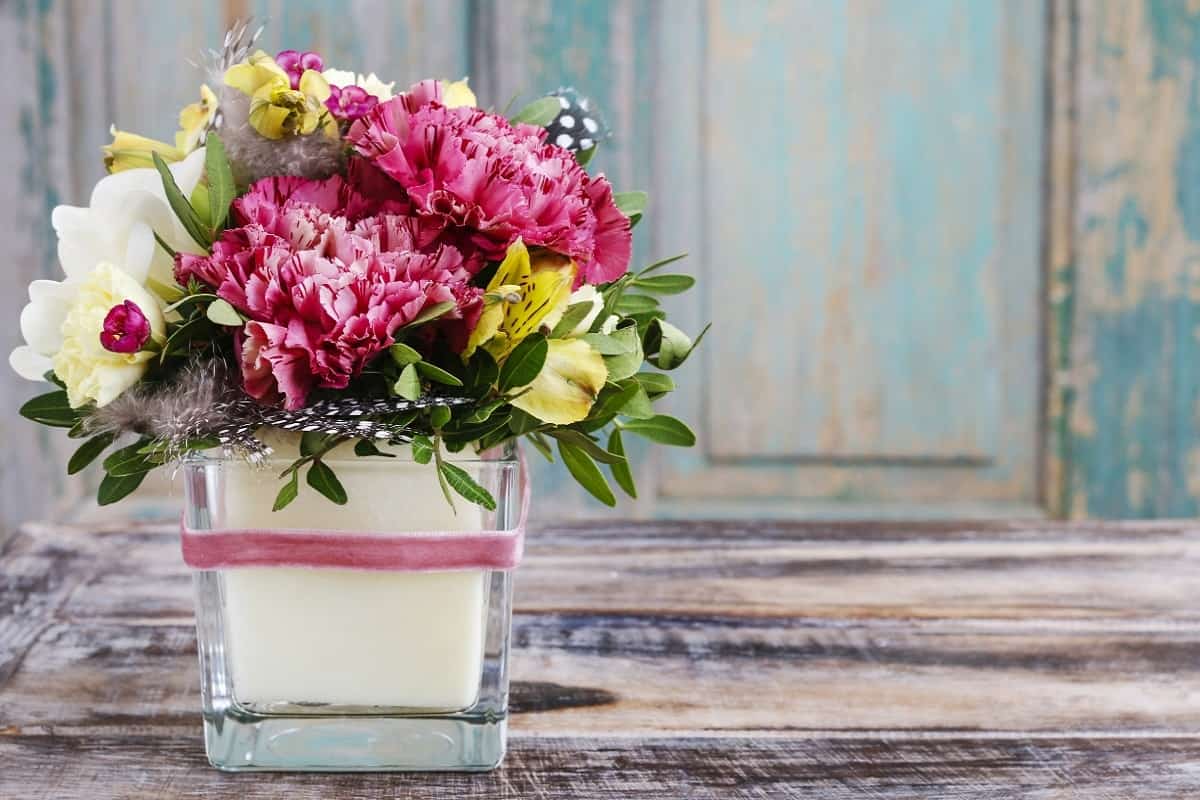
Alstroemeria, commonly known as Peruvian lilies or lily of the Incas, offers long-lasting blooms in a wide array of colors.
With their lily-like flowers and attractive foliage, alstroemeria is perfect for adding texture and variety to your cut flower arrangements.
Harvest alstroemeria stems when the first flower on the stem has opened, and remove any lower leaves before arranging.
12. Gladiolus (Gladiolus spp.) – Growing Zones 6-10
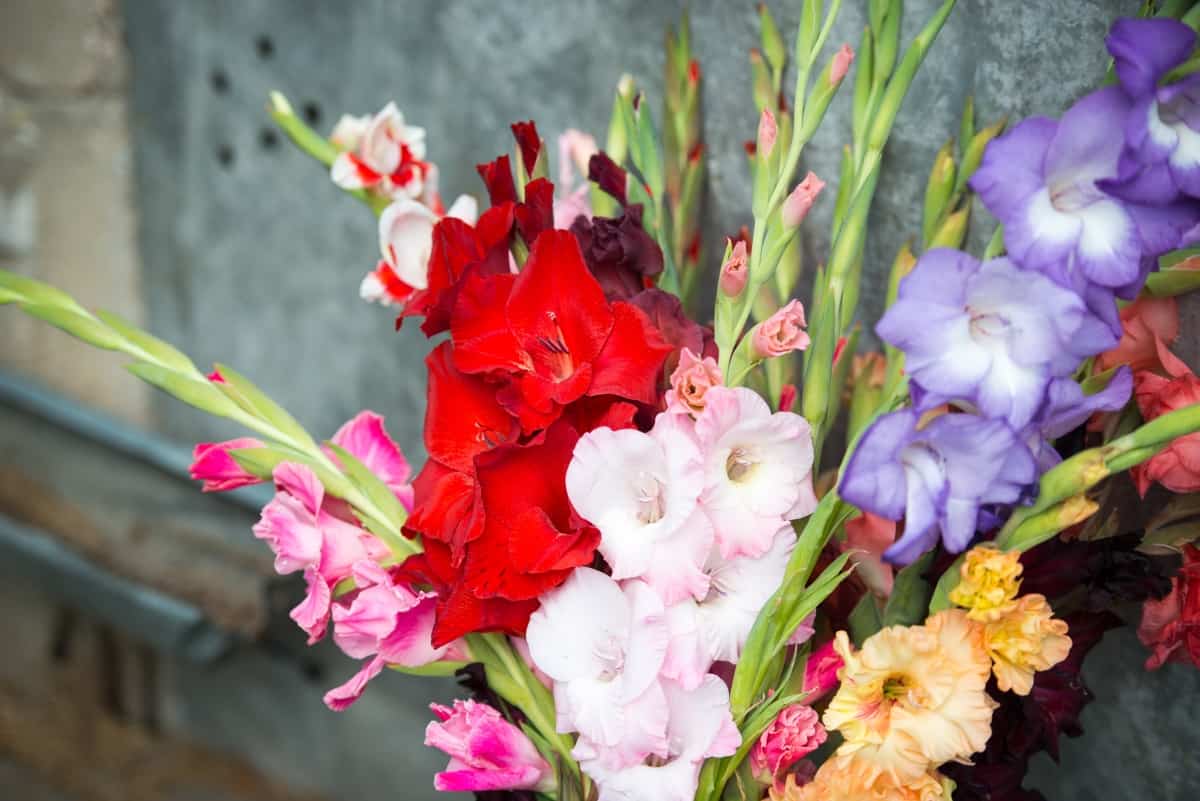
Gladiolus, with their tall spikes of vibrant, funnel-shaped flowers, make a dramatic statement in any bouquet.
They are available in a wide range of colors and sizes, allowing you to choose the perfect variety for your arrangement.
Cut gladiolus stems when the first one or two flowers on the spike have opened, and remove any lower leaves before placing them in water.
13. Calla Lilies (Zantedeschia spp.) – Growing Zones 8-10
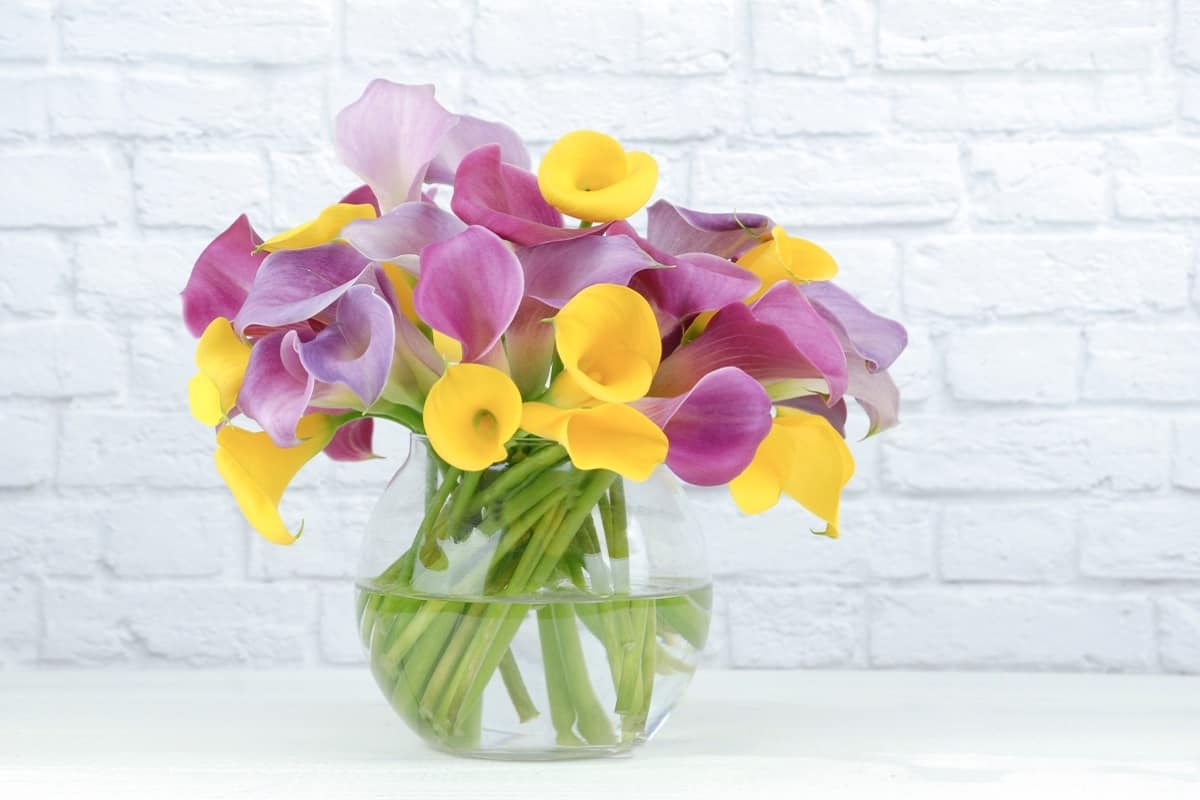
Calla lilies are known for their elegant, trumpet-shaped blooms and long, graceful stems. Their simple yet sophisticated appearance makes them an excellent choice for modern and minimalist arrangements.
To extend the life of cut calla lilies, harvest them when the flowers are fully open and place them in water immediately.
Indoor Beauty Awaits
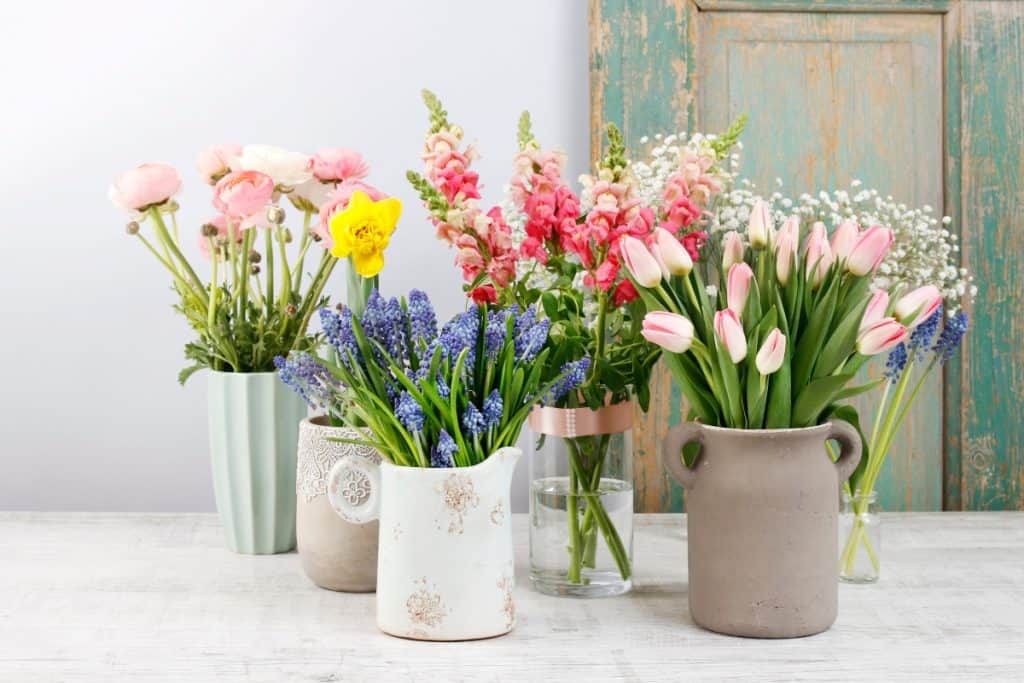
When it comes to cutting flowers, the options are nearly endless, with a wide variety of blooms suitable for every garden and climate.
By choosing flowers with long stems, long-lasting blooms, and a range of colors and shapes, you can create stunning arrangements that bring the beauty of your garden indoors.
Remember to mix and match your favorite flowers, experimenting with different combinations to find the perfect bouquet for your home or to share with friends and family.
Here are some more articles you’ll like:
Creators Share How To Display Your Indoor Plants In Stunning Ways
How To Grow Peonies: The Complete Guide



Your picture for snapdragons is not correct
Thanks, Roxie! The picture has been updated.